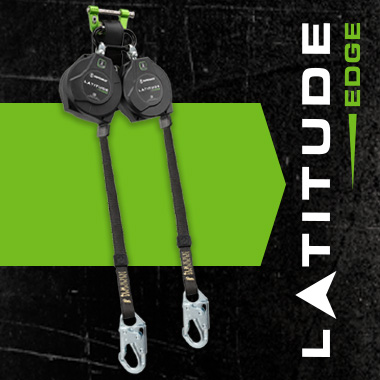OSHA allows workers to tie off directly to a non-moving crane or below the hook attachment in construction applications. OSHA states that a personal fall arrest system is permitted to be anchored to the crane’s hook when the following requirement is met: a qualified person has determined that the setup and rated capacity of the crane including the hook, load line and rigging meets or exceeds the requirements outlined in 1926.1423(d)(15) as stated below:
(15) Anchorages used for attachment of personal fall arrest equipment shall be independent of any anchorage being used to support or suspend platforms and capable of supporting at least 5000 pounds (22.2 kN) per employee attached; or shall be designed, installed and used as follows:
(i) as part of a complete personal fall arrest system which maintains a safety factor of at least two
(ii) under the supervision of a qualified person
OSHA does not define how many workers can be tied off to the approved hook at one time. Most assume that it is only one and many companies limit the maximum number of workers to two. The safety professional in charge must use his or her professional judgment to determine what is safest for that particular application.
For general industry, OSHA can allow direct attachment to a crane only if you are following OSHA’s hierarchy of controls. This means that the crane attachment point, crane controls and administrative controls must be engineered or validated by a qualified person. Contact your local OSHA office for proper clarifications.
For fall protection coverage in linear work areas, a qualified engineer can add an enclosed track anchorage system along crane bridges. In this situation, the administrative controls require the crane to be locked out and tagged out before using its structure as a fall arrest anchorage point.
